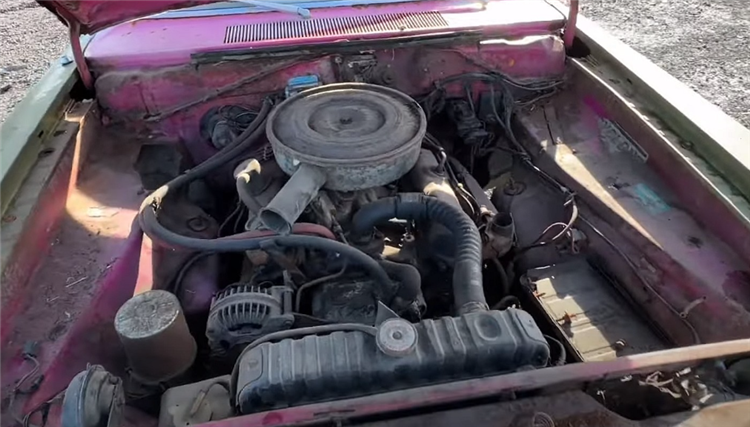The Road Runner, GTX, and Barracuda are the Plymouths from the golden age of muscle cars that garner the most attention. Among the most recognizable Mopars ever produced, some of them are now highly sought-after on the classic automobile market.
Why are they so appealing? For example, the GTX offers a unique blend of luxury features with the performance of a muscle car. Exclusive to the 426- and 440-cubic-inch (7.0- and 7.2-liter) V8 engines at the top of the range, it was noticeably more ostentatious than any other midsize Mopar available at the time. Additionally, based on production counts, it is rather rare.
The Road Runner is downright common compared to the GTX, but its big-block-exclusive lineup makes it highly sought-after. As for the Barracuda, it’s the 1970 and 1971 model years that get all the publicity, especially the HEMI and 440 RB cars. In fact, combine any of these nameplates with a 426 V8, and you get a rare and expensive package.

But these aren’t the only cool Plymouths from the golden era. If you’re on a budget, you can get almost all of the features above in a smaller and notably more affordable Valiant or Duster. Granted, the Valiant is not exactly fetching styling-wise, but its semi-fastback coupe sibling, the Duster, looks the part.
And yes, the Duster wasn’t offered with big-block V8 engines, and some do not consider it a full-fledged muscle car, but it wasn’t a slouch either. The 1970 Duster 340, for instance, came with 275 horsepower on tap. Enough to get it across the quarter-mile in about 15 seconds. Moreover, it was available in every cool, flashy color from the High Impact color palette.
Before you claim that the Duster is a typical classic based only on its production numbers, keep in mind that some of the models are very hard to find these days, particularly if they haven’t been repaired. Though considerably rarer than the standard Duster, the range-topping 340 is nonetheless rather well-known. But some High Impact colors make Dusters into extremely rare diamonds.

For example, Sassy Grass is as uncommon as it is colorful. This bright green color was not particularly common in the past, but it is now sought after by a select few. We’re looking at less than 2,000 instances, as finished cars in this hue made up less than 1% of the entire production of 1970 Dusters. However, Sassy Grass is more accessible than the rarest High Impact hue.
I’m talking about Moulin Rouge, the bright pink that Plymouth offered in 1970 as a Spring color. Available for only a few months, it returned in 1971 as a special-order color. Dodge offered an identical paint called Panther Pink. And needless to say, it wasn’t popular with the muscle car crowd, which considered the hue too feminine.
Furthermore, some Duster models are genuinely hard to find these days, especially in unrestored condition, so don’t judge it as just another usual classic based solely on production numbers. Although it may be more uncommon than the standard Duster, the range-topping 340 is nevertheless very well-known. On the other hand, certain High Impact colors make Dusters extremely rare gems.
For example, Sassy Grass is both colorful and uncommon. Not so common in the past, its vivid green hue is now highly sought after by a select few. We’re looking at less than 2,000 specimens of 1970 Dusters, since this color was finished on less than 1% of the overall Duster production. However, in contrast to the rarest High Impact color, Sassy Grass is very abundant.
